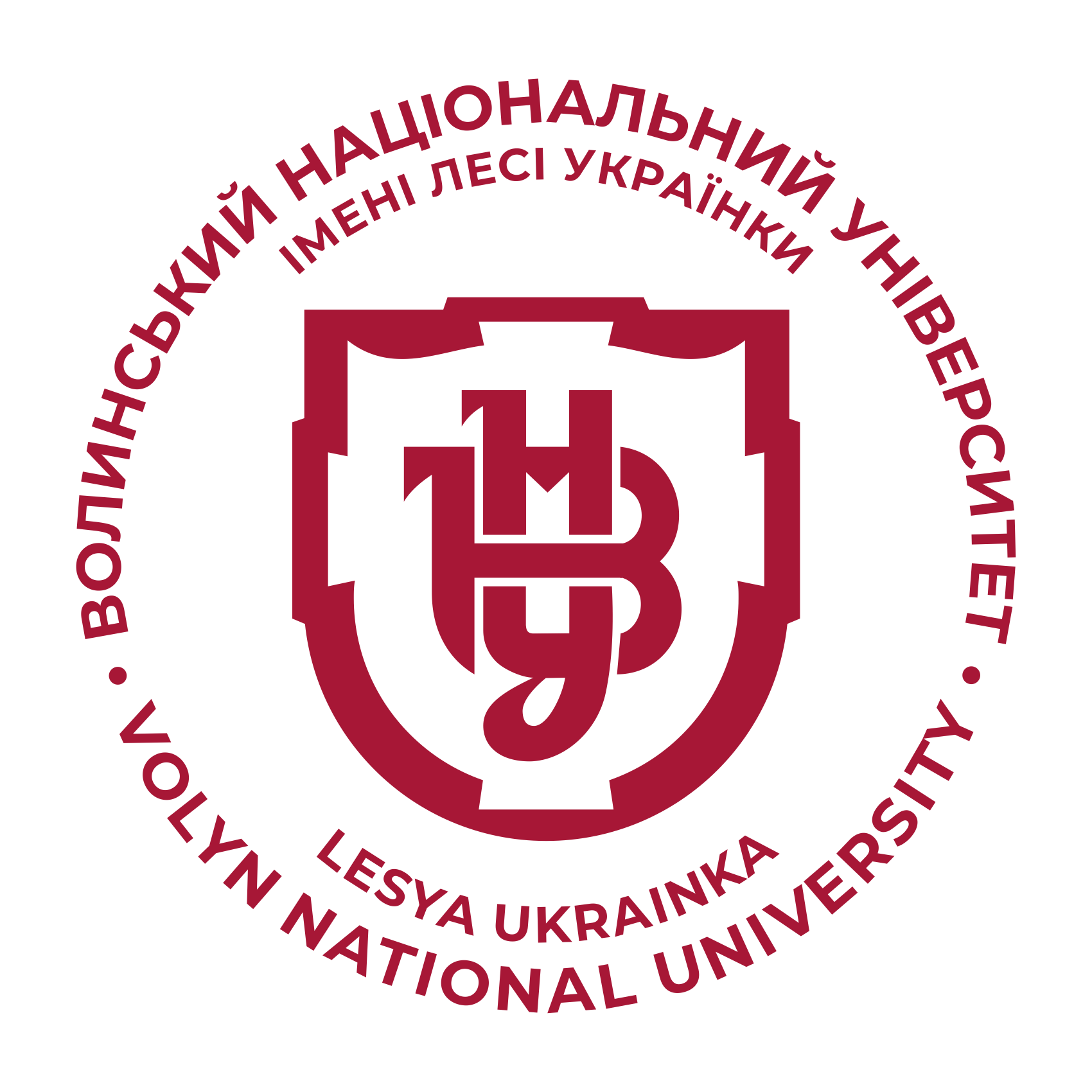USING OF INTERNATIONAL FINANCIAL STIMULATION INSTRUMENTS OF RENEWABLE ENERGY DEVELOPMENT IN UKRAINE
DOI:
https://doi.org/10.29038/2411-4014-2019-02-108-114Keywords:
electricity from renewable sources, alternative energy sources, green tariff, green certificates, green auctions.Abstract
Taking into account the direction of development of the world energy sector will help Ukraine to ensure energy security and investment in the most effective directions of energy resources and technologies.
The main tools for stimulating the development of REE include: Green Tariff (FITs and FIPs); green certificate commitment (TGC); preferential loans; loan guarantees; investment grants (investment support); tax exemptions / reductions; tender schemes.
Most of the EU countries use investment grants to increase their share of RES in the heating and cooling sector.
Favorable loans or loans provide interest below market rates. Extended return periods or late payment periods are also used.
Tax privileges are a flexible tool and can be directed selectively either to specific renewable energy technologies or to individual market participants.
In Ukraine, the "green" tariff was introduced at the end of 2008 and will continue to operate until 2030.
The essence of "green" auctions is that the state makes orders for a certain amount of "green" capacities, and investors are struggling to get it. The company that offers the lowest price wins. The company's proposed price for its "green" electricity will be paid to it during a predetermined period.
Ukraine has identified renewable energy as the main vector, which is clearly a positive phenomenon. For a sure and effective development in the field of renewable energy in Ukraine, it is necessary to conduct a dialogue with stakeholders and the public in advance regarding changes in the use of regulatory instruments; apply and fulfill long-term commitments, develop support schemes and tools that take into account changes in technology costs and costs; Provide scheduled review periods and changes; to establish clear obligations to avoid circumstances that may cause non-return of already made investments; solve problems with landing and network connection; to create a system of balancing and accumulation of capacities of "green" energy (first of all, hydroelectric power stations); Ensure transparency of costs; diversification of tools for supporting and financing various types of renewable energy; carry out continuous monitoring, evaluate the effectiveness of support and promote network integration, etc.







